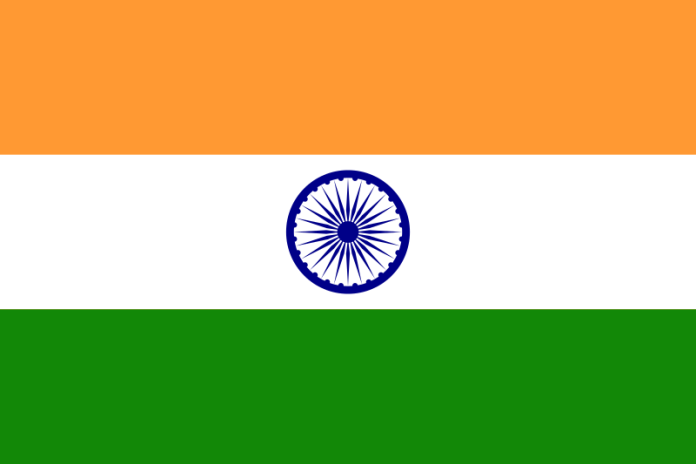Govt of UT of Jammu and Kashmir directed the all the administrative secretaries to circulate the amendment made by the govt. of India in the Flag Code of India, 2002 to all the subordinate offices of their department for compliance.
The govt of India has amended the Clause (xi) of paragraph (2.2) of part -II of the Flag Code of India, 2002 (“where the flag is displayed in open, it should, as far as possible, be flown from sunrise to sunset, irrespective of weather conditions”), it shall now read as under:
“(xi) where the flag is displayed in open or displayed on the house of a member of the public, it may be flown day and night”.

Govt of India has taken an initiative to celebrate and commemorate 75 years of India’s independence and its glorious history as “Azadi Ka Amrit Mahotsav” and “Har Ghar Tiranga” is its offshoot campaign to encourage the people to bring home their Tiranga and hoist it to mark 75th year of India’s independence.
Since, Tiranga is the symbol of nation’s pride, so lack of awareness among people of the country, while participating in the “Har Ghar Tiranga” compaign, may not cause any insult to the national flag, inadvertently. The govt of India has amended the Clause (xi) of paragraph (2.2) of part -II of the Flag Code of India, 2002 which is governed by the provision of the Prevention of Insults to the National Honour Act, 1971. The Flag Code of India is divided into three parts. Part-I contains general information above national flag which include description of color and size (ratio length: height) etc. Part-II contains hoisting/display/use of national flag by member of public, private organization, educational institutes etc. and Part-III contains hoisting/display of national flag by the central and state govt and their organization and agencies.
A member of public, a private organization or an educational institution may hoist /display the national Flag on all days and occasions, ceremonial or otherwise consistent with the dignity and honour of the national Flag-
- Whenever the national Flag is displayed, it should occupy the position of honour and should be distinctly placed;
- A damaged or disheveled Flag should not be displayed;
- The Flag should not be flown from a single masthead simultaneously with any other flag or flags;
- The Flag should not be flown on any vehicle except in accordance with provision contained in section (ix) of Part-III of Flag code of India-2002;
- When the Flag is displayed on a speaker’s platform of should be flown on the speakers right as he faces the audience of flat against the wall, above and behind the speaker;
- When the Flag is displayed flat and horizontal on a wall the saffron band should be uppermost and when displayed vertically the saffron band shall be on the right with reference to the Flag (i.e left to the person facing the Flag);
- To the extent possible, the Flag should conform to the specification prescribed in the Part-I of the Flag code of India-2002.
- No other Flag or buntings should be placed higher than or above or side by side with the national Flag; nor should any object including flowers or garlands or emblem be placed on or above the Flag-mast from which the Flag is flown;
- The Flag should not be used as a festoon, rosette or bunting or in any other manner for decoration;
- The Flag made of paper may be waved by public on accessions of important national, cultural and sports events. However, such paper Flag should not be discarded or thrown on the ground after the event. As far as possible, It should be disposed off in private consistent with the dignity of Flag;
- where the Flag is displayed in open or displayed on the house of a member of the public, it may be flown day and night;
- when the Flag damaged or spoiled condition, it shall be destroyed as a whole in private , preferably by burning or by any other method consistent with the dignity of the Flag.



